Death from electrocution occurs mainly in two situations and is not directly correlated with the actual current/voltage values:
1) Enough current and energy passed through your body to actually burn you inside out
2) A voltage passed through your heart and put you into a fibrillation state.
Both can come into play at the same time!
The first is mainly caused by excessive current into your body. Once the skin is penetrated, it is easy to pass a surprisingly high current into your body. This is why wet + electricity is so bad. It reduce drastically your skin resistance.
Before venturing into the 2nd part, you need also to understand that electricity will have an entry point and an exit point. You can often see a burnt mark at those points when it occurs (in hard situation).
Directly related to that: if the current pass through your heart with a voltage high enough or with some weird frequency, it can put your heart into fibrillation: desync it. When this occurs, you need to reset your heart using a defibrillator like in all poorly written medical drama. A shock does not so much when the heart is flat-lining, but help fibrillation cases.
As for your question, you didn't die because the current entered finger and exited through your finger. It didn't pass through your heart. Also, the current in play we're not enough to cause any significant burns. Specific injuries prediction is on a case by case basis.
In a nutshell, your heart either fail or you burn to death when you die from an electric shock...you might also survive and be severely burnt or maimed by the aftermath. Losing limb is unfortunately not so uncommon.
If you want to know more, the wikipedia article is well written.
